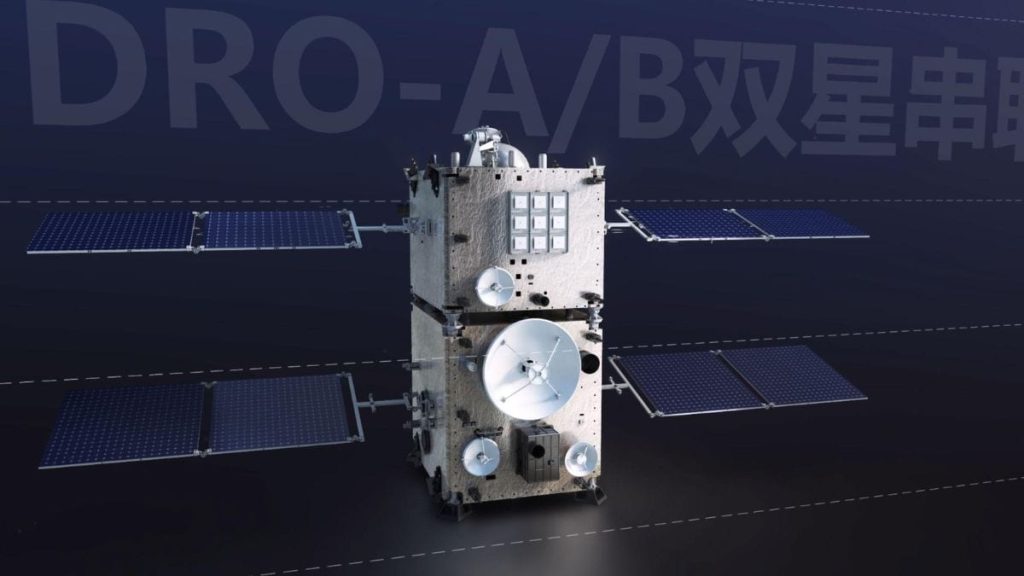In a major display of technical ingenuity, China has successfully rescued two satellites—DRO-A and DRO-B—that were stuck in the wrong orbit for 123 days following a launch failure. The satellites, part of China’s distant retrograde orbit (DRO) constellation, were saved using a series of complex gravitational slingshot manoeuvres that turned a near-disaster into a milestone in space navigation. This recovery mission not only preserved critical hardware but also highlighted China’s growing expertise in orbital mechanics, space rescue operations, and deep-space navigation technologies.
Innovative Thinking in critical condition
According to a recent story by CGTN, on March 15, 2024, China launched two satellites that were mounted on a Long March-2C rocket with a Yuanzheng-1S upper stage. While the launch initially appeared to be successful, a malfunction in the upper stage made the satellites tumble and head towards Earth much closer than planned. With limited power and damaged systems, conventional recovery was impossible.
Zhang Hao, a researcher at the Technology and Engineering Center for Space Utilisation (CSU), described the moment the team learned of the issue in an interview with CGTN Digital: “If the satellites were destroyed, that would have been a waste of the years of effort that we put in and the money invested in the mission. It would also be a mental blow to the team.”
CSU engineers divided into two teams—one worked to stabilise the spinning satellites, while Zhang’s team focused on calculating a new trajectory using gravitational assists. “We calculated the best route to move the satellites back on track,” Zhang explained during the interview.
A Gravity-Assisted Comeback
The mission exploited the gravitational pulls of Earth, the Moon, and even the Sun to carefully nudge the satellites into their target DRO positions. The technique is commonly applied in deep space missions, and it needs a minimal amount of fuel, which makes it a feasible way to bypass the fuel shortage. The most critical manoeuvre lasted just 20 minutes but took weeks of preparation. “I got more and more stressed as the clock ticked,” Zhang admitted. “I just kept staring at the screen until it said ‘normal, ‘” he further added.
Now successfully positioned, DRO-A and DRO-B have joined the earlier DRO-L to form a three-satellite constellation. According to CSU researcher Mao Xinyuan, the network will drastically reduce spacecraft positioning times—from days to just a few hours—and support autonomous navigation between Earth and the Moon.
This mission not only salvaged valuable satellites but also demonstrated China’s growing capability in autonomous spaceflight and long-distance orbital engineering.


